Authentic Thai
Panang Curry
Prepare to be enchanted by Panang curry, a Thai culinary gem that's captured hearts worldwide. This curry's creamy texture and intricate flavor profile set it apart from the rest. It's a soul-warming dish that's bound to leave a lasting impression on your taste buds.
Chef's Notes
- Panang curry is a luscious, velvety Thai delicacy that masterfully balances sweet, spicy, and nutty flavors.
- At its core, the curry paste blends aromatic ingredients such as lemongrass, galangal, and kaffir lime leaves to create a flavor explosion.
- While chicken or shrimp are traditional choices, this adaptable curry can easily cater to vegetarian and vegan preferences.
What is Panang Curry?
Hailing from the vibrant culinary landscape of Thailand, Panang curry is a delightful offshoot of the classic red curry. Its hallmark is a luxuriously thick sauce made with coconut milk and enhanced with ground peanuts. The curry's unique flavor is a testament to the harmonious blend of aromatic spices and herbs.
While its name is thought to be derived from Penang, a city in Malaysia, Panang curry as we know it is deeply rooted in Thai cuisine. It's generally milder than its curry cousins, making it an excellent choice for those who prefer a gentler spice kick.
The Heart of Panang Curry: The Paste
The true magic of Panang curry lies in its aromatic paste. While convenience stores offer ready-made options, nothing quite matches the vibrant flavors of a homemade paste. This flavor powerhouse typically includes:
- Red chilies
- Lemongrass
- Galangal
- Kaffir lime leaves
- Shallots
- Garlic
- Shrimp paste (optional for vegetarian versions)
These ingredients are meticulously ground together, creating a fragrant foundation for the curry. While crafting the paste from scratch can be time-intensive, the resulting depth of flavor is truly unparalleled.
Key Ingredients
Beyond the curry paste, several other components play starring roles in creating the perfect Panang curry:
Coconut Milk: This forms the creamy backbone of the curry sauce. For the most indulgent experience, always opt for full-fat coconut milk.
Protein: Traditionally, Panang curry features chicken or shrimp. However, it's a versatile dish that welcomes various proteins or plant-based alternatives.
Vegetables: Bell peppers and Thai eggplants are classic additions, but feel free to get creative with your favorite veggies.
Peanuts: Ground peanuts or peanut butter contribute to the curry's distinctive nutty undertones.
Kaffir Lime Leaves: These fragrant leaves infuse the curry with a unique citrusy aroma.
Fish Sauce: This adds a savory depth to the dish. For a vegetarian twist, soy sauce or salt can be excellent substitutes.
Making Panang Curry: Step by Step
1. Warm oil in a spacious pan or wok over medium heat.
2. Introduce the Panang curry paste and sauté until its aroma fills the air.
3. Gradually pour in the coconut milk, stirring to create a smooth blend with the paste.
4. Add your chosen protein and cook until it's nearly tender.
5. Introduce the vegetables and continue the cooking process.
6. Incorporate fish sauce, palm sugar, and ground peanuts, stirring gently.
7. Finish by folding in a handful of Thai basil leaves and kaffir lime leaves.
The secret to an unforgettable Panang curry lies in achieving the perfect flavor balance. Trust your taste buds and adjust the seasoning as you go. Remember, it's always easier to add more than to take away!
Serving Suggestions
Traditionally, Panang curry is paired with fragrant jasmine rice. The delicate rice provides the perfect canvas for the rich curry sauce. For those watching their carbs, cauliflower rice offers a delicious alternative.
Elevate your presentation by garnishing with fresh Thai basil leaves, thinly sliced red chilies, and a sprinkle of crushed peanuts for added crunch. A wedge of lime on the side allows diners to add a zesty twist if desired.
Variations and Adaptations
One of the joys of Panang curry is its adaptability. Here are some creative twists you can try:
Vegetarian/Vegan: Swap out the protein for tofu or a medley of vegetables. Replace fish sauce with soy sauce for a plant-based umami kick.
Seafood: Create a marine delight by using a combination of shrimp, scallops, and firm white fish.
Extra Veggies: Boost the nutritional value and add interesting textures by incorporating bamboo shoots, green beans, or baby corn.
Spice Level: Tailor the heat to your preference by adjusting the amount of curry paste. For an extra fiery kick, add some fresh chilies.
Nutrition Facts
Nutrient amount per serving
-
- Calories: 450
- Total Fat: 35g
- Saturated Fat: 25g
- Cholesterol: 45mg
- Sodium: 850mg
- Total Carbohydrates: 20g
- Dietary Fiber: 3g
- Sugar: 8g
- Protein: 20g
Note: These nutrition facts are estimates based on a standard recipe. Actual values may vary depending on specific ingredients and portions used.
Tips for Perfect Panang Curry
Elevate your Panang curry game with these handy tips:
- Prioritize fresh ingredients, especially for the aromatic components.
- Allow ample time for cooking to let the flavors meld and intensify.
- Strive for balance by fine-tuning the sweet, salty, and sour elements to your liking.
- If opting for store-bought curry paste, seek out authentic Thai brands for the most genuine flavor.
Remember, cooking is a journey of discovery. Perfecting your Panang curry might take a few attempts, but each one will bring you closer to your ideal version.
FAQs
Is Panang curry spicy?
Panang curry typically has a milder heat profile compared to its red or green curry counterparts. However, the spice level can fluctuate based on the recipe or brand of curry paste used. You're in control - adjust the heat by varying the amount of curry paste to suit your palate.
Can I make Panang curry ahead of time?
Absolutely! Panang curry often develops even more complex flavors after a day in the fridge. Store it in an airtight container and refrigerate for up to 3 days. When reheating, do so gently on the stovetop, adding a splash of coconut milk if needed to achieve your desired consistency.
What's the difference between Panang curry and red curry?
While both curries feature red chilies, Panang curry tends to be milder and sweeter than its red curry cousin. The addition of ground peanuts or peanut butter gives Panang its signature nutty flavor. You'll also notice that Panang curry usually boasts a thicker, creamier consistency.
Can I freeze Panang curry?
Yes, Panang curry can be frozen for up to 3 months. Keep in mind that the texture of the coconut milk might slightly alter upon thawing. When reheating, do so gently and stir well to recombine the sauce for the best results.







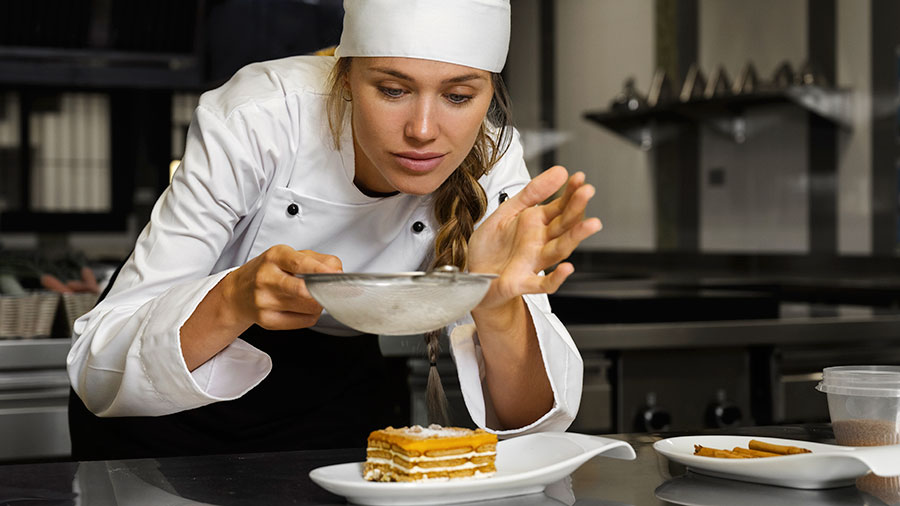



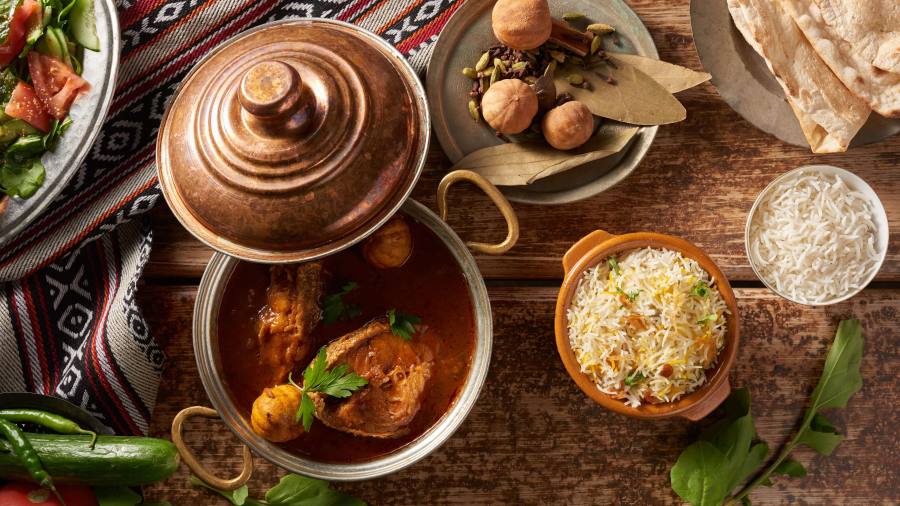





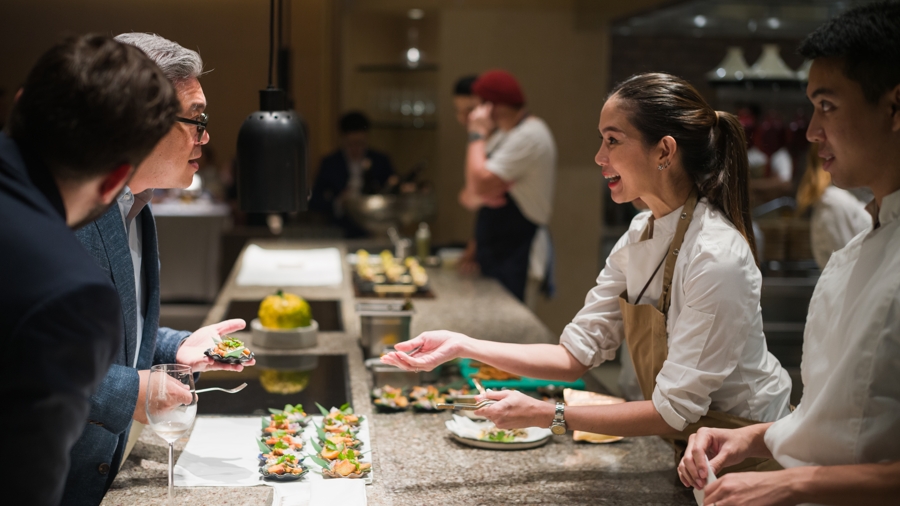


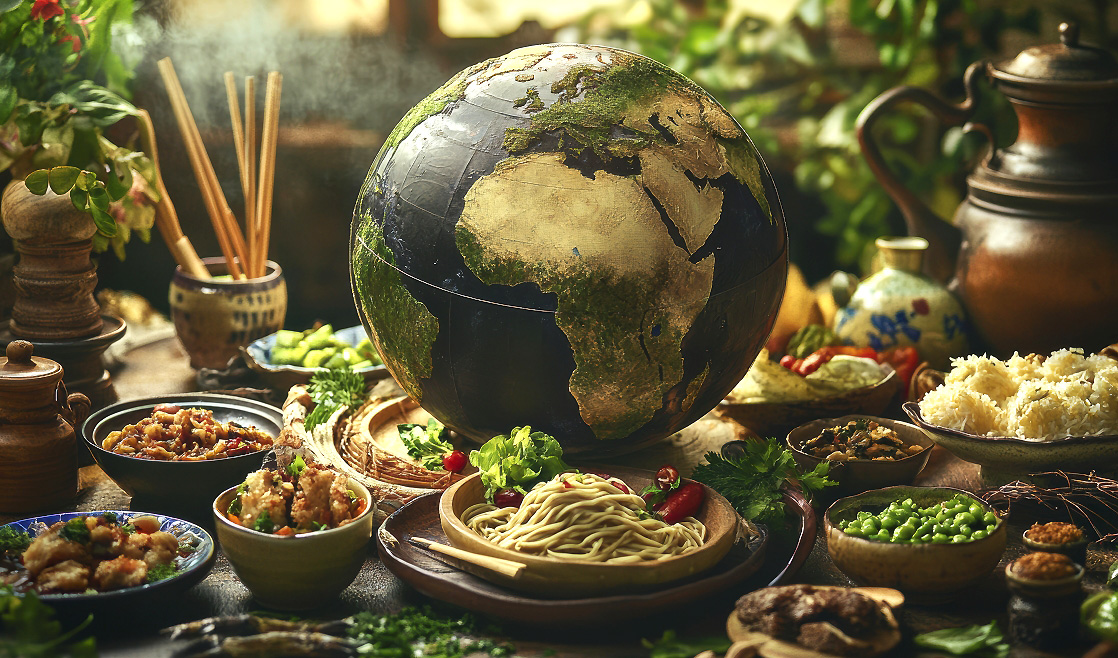





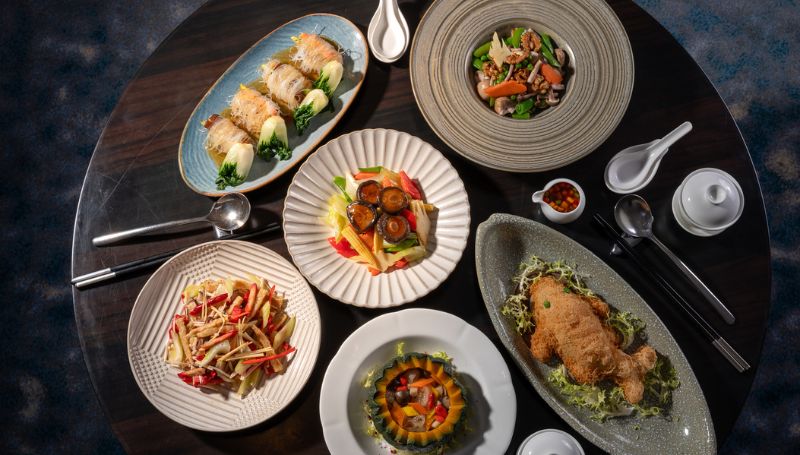


 Gastronomy Cities
Gastronomy Cities
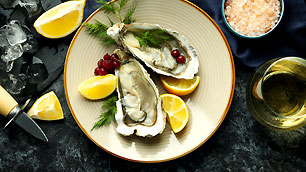 Amazing Food
Amazing Food
 Chef's Talk
Chef's Talk